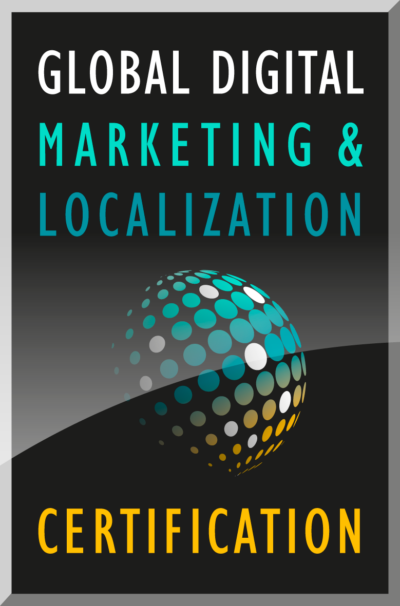This is an excerpt of the full article by Dr Nitish Singh, Associate Professor of International Business at Boeing Institute of International Business at Saint Louis University, published on BrandQuarterly.com.
Finding the balance between standardization and localization of the web content is one of the preeminent dilemmas that companies face when tapping international markets. Many times companies, either due to lack of coherent global marketing strategy or for cost/efficiency reasons choose to standardize their marketing mix for international markets. Rationales for standardization strategy are many including:
Standardization seems to be a cost-driven strategy for marketers, as it leads to leveraging the same template/product/service configuration globally, creating economies of scale and cost savings.
Standardization can also lead to development of single and unified brand and corporate identity worldwide. This can lead to better global recognition and provide global competitive advantage over competitors.
Standardization can lead to having a rationalized product line which includes only a few core global brands instead of multiple localized brands and brand extensions. This could lead to a better allocation of resources, higher efficiencies, consistent marketing, and higher profits
When implementing a standardization strategy, companies assume homogenized consumer needs. Thus investments in international market research related to modifying the marketing mix are minimal. The marketing mix includes company efforts related to four basic P’s of marketing: Product, Price, Place (distribution), and Promotion.
Companies following a standardized approach to marketing tend to have a centralized global marketing program, and thus the need for coordinating, managing, and controlling local subsidiaries for local marketing strategy is minimized.
…….
You can read the full article online here at BrandQuarterly.com










